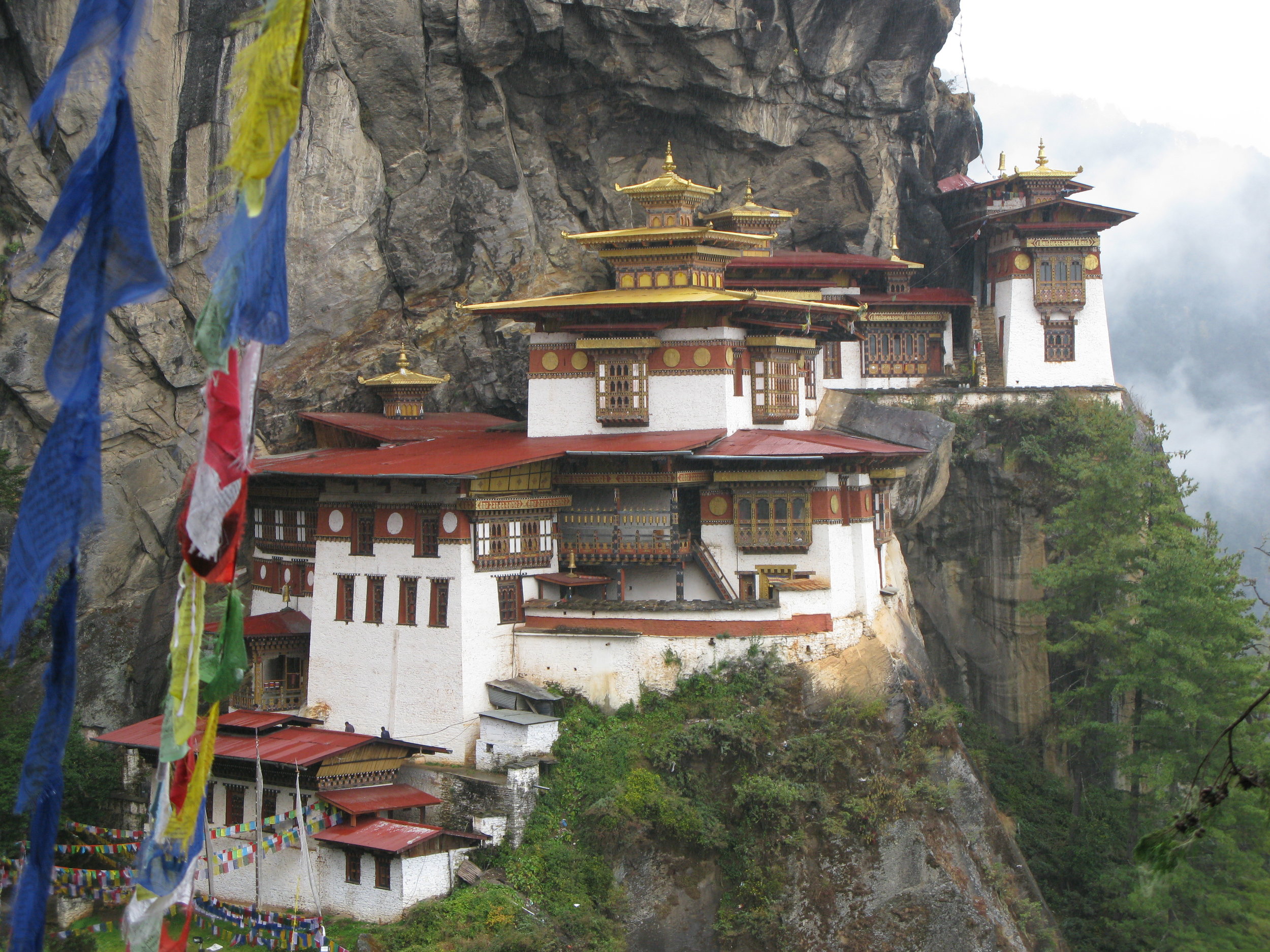Dzongs of Bhutan
The monumental Dzongs incorporate temples, monasteries and headquarters of the government's district administrations.
It is said that many magnificent dzong complexes were built in the Himalayan region, however most that once existed beyond Bhutan now lie in a state of ruin. Unlike the continued cultural preservation in Bhutan, most of these structures have been lost to the ravages of time. Its is only here in Bhutan that these centuries old structures still dominate every major valley and continue to function as much as in the past.
Our country’s unique architecture is personified in the form of Dzongs. The Dzongs are colossal structures that were used as a fortress, monastery and the seat of the ruler in former times. The structures were constructed in the sixteenth century by the founding father of the nation, Shabdrung Nawang Namgyel, who was the spiritual and political ruler of Bhutan in the sixteenth century. Our country's unique culture, architecture and even the code of law is attributed to Shabdrung.
All the Dzongs were constructed at a point in the past when there were no machines therefore all these massive structures were built by the raw strength and resolve of our ancestors. The structures were built using locally available resources such as rocks, timber and mud. No nails were ever used, nor concrete and no blue prints were drawn in the course of its construction. Despite the simple construction methods used then, these gigantic citadels still continues to function as both the centre of religion and government to this day, and is undoubtedly a shining jewel in the cultural heritage that is unique to Bhutan.



























